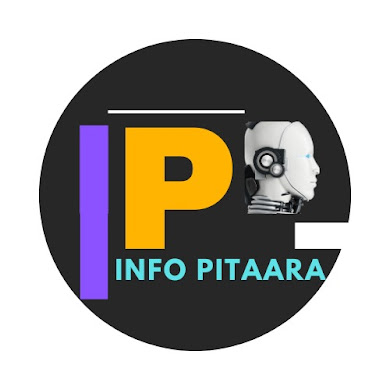Tech News Update for 16 April 2025. Today’s coverage includes major developments in artificial intelligence, global tech regulations, India's semiconductor push, space tech progress, and key innovations by startups. These updates are essential for anyone following the rapidly evolving world of technology, whether you're a student, tech enthusiast, or competitive exam aspirant.
🔧 Tech News – 16 April 2025
1. India Approves $3 Billion Incentive Package for Semiconductor Startups
The Indian government has approved a $3 billion incentive plan to support domestic semiconductor startups, under its flagship “Make in India – Chip Bharat” initiative. The package offers tax breaks, land subsidies, and R&D grants to attract global and local chip manufacturers. The goal is to make India a hub for advanced chip design and fabrication by 2030.
2. OpenAI Releases GPT-5.5 Turbo for Enterprise Use
OpenAI launched GPT-5.5 Turbo, the latest upgrade to its language model, aimed at enterprise-level applications. It offers enhanced memory capabilities, faster processing, and better real-time reasoning. Major firms like Salesforce, SAP, and Infosys have already begun trials of the new model to automate business workflows and customer support.
3. Apple Begins In-House Production of MicroLED Displays
Apple has started in-house production of MicroLED displays for future iPhones and Apple Watches. The move is expected to reduce dependence on third-party suppliers like Samsung and LG. MicroLEDs are thinner, more power-efficient, and brighter, offering improved performance over OLED displays.
4. Google Launches Project Vortex: A Quantum-Cloud Fusion Framework
At its annual Cloud Next conference, Google unveiled Project Vortex, a hybrid framework combining quantum computing and cloud-based AI. Designed for pharmaceutical companies and climate researchers, it allows simulation of complex molecular and environmental models with high precision.
5. Meta Introduces AI-Powered Personal Avatars for VR Meetings
Meta has rolled out AI-powered personal avatars for use in Horizon Workspaces, its VR meeting platform. These avatars use generative AI to replicate real facial expressions and gestures, making remote meetings more immersive. The avatars also integrate with Microsoft Teams and Google Meet via cross-platform plugins.
6. Indian Startup NavBot Develops Autonomous Farming Robots
NavBot, a Pune-based agritech startup, has launched a fleet of autonomous farming robots capable of soil analysis, precision irrigation, and pest control using AI and GPS. The bots are already being piloted in Maharashtra and Andhra Pradesh and are expected to reduce manual labor and increase crop yield by 20%.
7. Twitter (X) Introduces “Context Check” Feature Using AI Moderators
Elon Musk’s X (formerly Twitter) has launched a new feature called “Context Check” that uses AI to detect misinformation and instantly suggest reliable sources below a post. The move comes amid rising global concern over misinformation in election years across the US, India, and EU.
8. SpaceX Successfully Tests Starlink Gen-3 Laser Internet Mesh
SpaceX has conducted the first live test of its Starlink Gen-3 laser mesh network, offering speeds up to 5 Gbps without relying on ground stations. The system is targeted at military, remote scientific missions, and rural areas with zero internet infrastructure.
9. China Approves Mandatory AI Ethics Audit for All Public Algorithms
China’s Cyberspace Administration has made it mandatory for all companies to conduct an ethics audit of AI algorithms deployed in public systems like health, education, and law enforcement. This regulation, effective July 2025, aims to prevent bias, surveillance misuse, and data exploitation.
10. Microsoft Integrates Copilot AI into Windows Explorer and Settings
Microsoft has rolled out Copilot AI integration directly into Windows Explorer and System Settings in its latest Insider Preview Build. Users can now search, troubleshoot, and configure Windows settings via natural language, marking a new era of conversational computing in the OS.






0 Comments